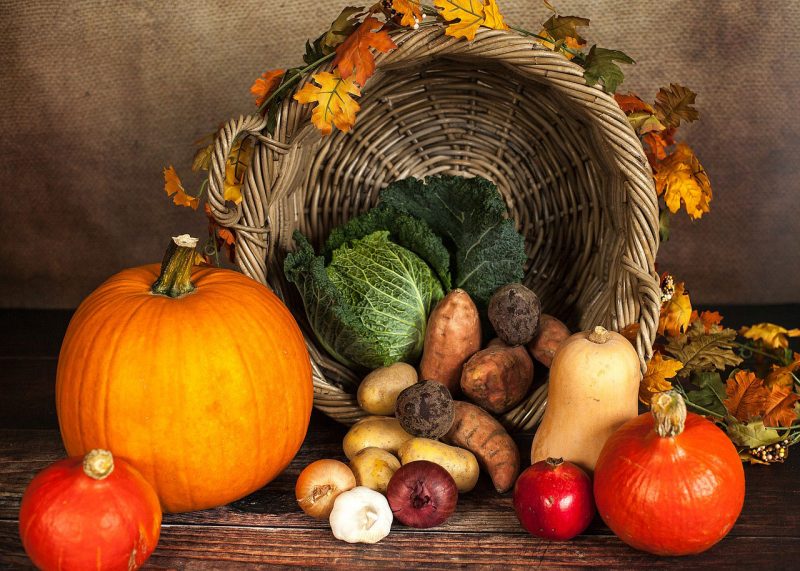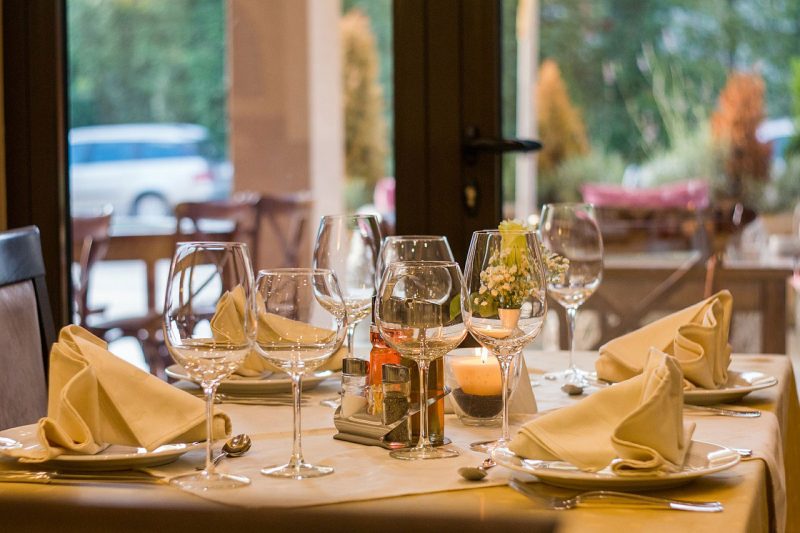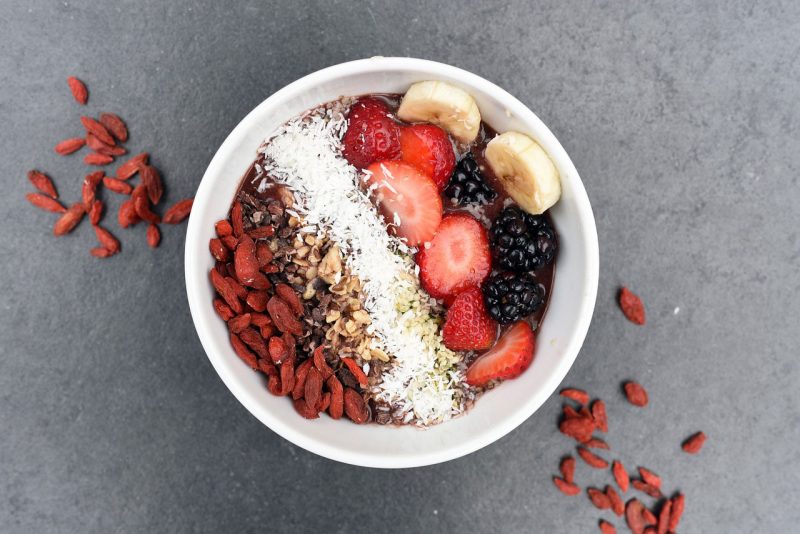This World Vegan Day, consider trying more vegan options. Beth Raven gives us the low down on eating vegan and gluten-free…
A vegan diet is one that excludes all animal products such as meat, dairy and eggs and includes only plant foods such as fruit, vegetables, grains and nuts.

What does it mean to be vegan?
Being vegan isn’t just a diet, it’s a lifestyle choice. People follow the diet for various reasons whether it be ethical, environmental or cultural. This is where the notion of ‘junk food vegans’ comes from, where people are less concerned with the health benefits of a vegan diet but care about avoiding meat for ethical or environmental reasons. They are likely to eat ‘fake meat’ products and vegan junk food and be less focused on health. Then there are ‘health-conscious vegans’ who are concerned mainly with the health benefits of following this diet. There are people who fall into one category and others who fall into both, concerned with animal welfare, the environment and their health.
Following a vegan diet means excluding all animal products as well as animal by-products such as those from bees (honey, bee pollen). Following a vegan lifestyle means avoiding products tested on animals or using animal ingredients in cosmetics and certain foods. It also means excluding leather or fur and proactively supporting animal welfare and environmental work. Both a vegan diet and a vegan lifestyle oftentimes go hand in hand.
A vegan and gluten-free diet can be just as vibrant, colourful and health-giving as any other diet when it is carefully planned. It does not have to be restrictive or difficult. It encourages you to get creative in the kitchen and to experiment with ingredients and flavours.
What you can eat
- Fruit
- Vegetables
- Herbs and spices
- Nuts and seeds
- Pulses e.g. lentils
- Beans and legumes
- Healthy fats e.g. olives, olive oil, avocado
- Organic Tofu/tempeh
- Dairy alternatives e.g. coconut yoghurt
- Gluten free grains e.g buckwheat, quinoa, corn, millet
What to avoid
- Meat
- Dairy
- Eggs
- Fish
- Honey
Health benefits of a vegan diet
Focusing on colourful fruits and vegetables and whole grains, nuts, seeds, fats and beans and pulses can provide:
- Higher intake of fruits and vegetables can be protective against certain cancers
- An array of phyto-nutrients (plant chemicals)which help protect against disease
- Lower in saturated fat which can benefit heart health
- Plenty of fibre for a healthy gut and better blood sugar balance
- Antioxidants to fight inflammation and reduce risks of disease
What about protein?
You can get adequate protein on a vegan diet by including sources like beans, lentils, chickpeas, nuts, seeds, tofu and tempeh. If needed you can supplement with pea or hemp protein powders.
Can you get calcium on a vegan diet?
Calcium can be found in things like broccoli, cabbage and leafy green vegetables.
Is soy healthy?
Organic soy can be healthy for some. Fermented soy like Tempeh and Natto can be better choices. It depends on the unique makeup of the person and their overall health as to whether soy is healthy for them.

Challenges
- Eating out at a restaurant has to be one of the main challenges! So make sure to ring ahead and check out the menu online before you go. A lot of places will be willing to accommodate for instance by asking for gluten-free pizza without the cheese or salad without the dressing. There are many places that now offer both gluten-free and vegan options combined as it is becoming more recognised.
- Gluten-free products often contain egg white as a binder and sometimes milk too which aren’t suitable for vegans.
- Vegan fake meat products often contain gluten – but they aren’t good sources of nutrition anyway so best restricted to avoid.
- Balancing a vegan diet – you need to be extra mindful of getting certain nutrients on a vegan diet such as Vitamin B12, Vitamin D, Vitamin K, Selenium, Zinc, Iodine and Omega 3.
- Gluten-free diet – you need to take extra care watching your fibre intake and not relying too much on processed gluten-free products like cakes and biscuits which offer little nutritional value.
- A vegan diet can create a reliance on gluten-containing products such as bread and faux meat. This can make it tricky to combine gluten-free and vegan diet.
- It can be tricky to explain to other people what you can and can’t’ eat and why you follow this particular eating pattern. Help them be less judgemental by letting them know your own personal reasons and showing them how easy, vibrant and healthy it can be.
My personal journey
As a Nutritional Therapist, my diet is aimed at keeping me as healthy possible, and in my industry, we believe there is no ‘one diet fits all’ so what works for me might not work for you. For my body and my values, I choose to eat a plant-based gluten-free diet (I am gluten and dairy intolerant).
You won’t find me eating ‘fake meat’ like the Beyond Burger or relying on scoops of protein powder to keep me sustained. I choose to eat ‘real’ whole foods such as fresh fruits and vegetables, beans, pulses, legumes, gluten-free grains, oats, coconut products, organic soy products, and the occasional piece of vegan chocolate or some nut or coconut-based ice cream.
A few years ago I found being both plant-based and gluten-free a lot more challenging than I do now as both ways of eating have become more common and popular it’s much easier to shop and eat out.
For more ideas on recipes, health tips and to see what I like to eat check out my Instagram page positive_plate_nutrition_
References
https://www.health.harvard.edu/staying-healthy/becoming-a-vegetarian
Thanks to Beth Raven from Positive Plate Nutrition.
Read more about from our health archives.

